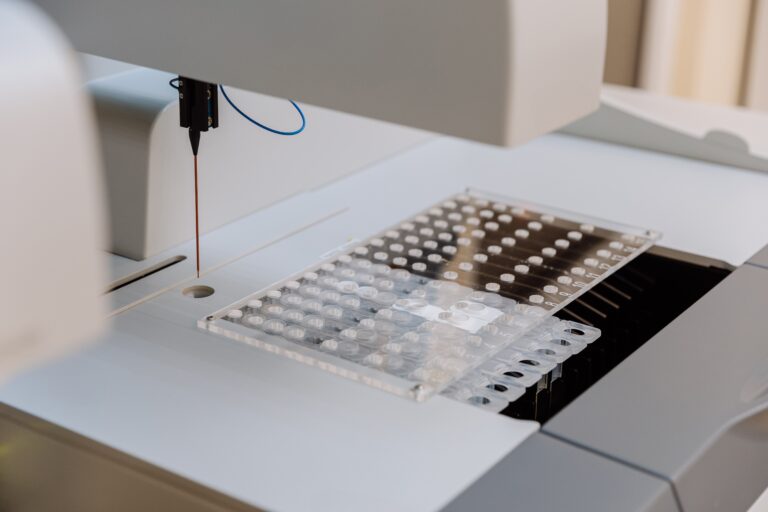Platomics announces new collaborations Read the Press Releases

Is an ounce of validation enough?
Validation under ISO 15189 vs. performance evaluation under IVDR
Before IVDR, many EU labs routinely validated their lab-developed tests in the course of following ISO 15189. And so the assumption may be that following the method validation approach of this quality standard for clinical labs will do for IVDR.
But the ISO quality standard for labs focuses narrowly on analytical performance. The IVDR General Safety and Performance Requirements, on the other hand, encompass three distinct categories and numerous detailed performance evaluation parameters that apply to the full life cycle of each lab-developed test.
Performance evaluation under IVDR is thus new territory for many labs. Here we’ll explain the basic building blocks of a PE plan that meets the stringent new requirements.
The three pillars of performance evaluation
Meeting GSPR performance requirements begins with demonstrating scientific validity, i.e. the association of an analyte with a clinical condition or a physiological state. Scientific validity requires a thorough literature search as well as a corresponding protocol and report. Remember: If you haven’t documented it, you haven’t done it. (See IVDR Annex 1 GSPR 9)
The second pillar is analytical performance, which entails experiments with reference samples designed according to the relevant literature (guidelines, ISOs, publications). The required parameters are: analytical sensitivity, analytical specificity, trueness, precision (repeatability and reproducibility), accuracy, limits of detection and quantitation, measuring range, linearity, cut-off, appropriate criteria for specimen collection and handling and control of known relevant endogenous and exogenous interference, and cross reactions.
The final pillar is clinical performance, which is demonstrated in experiments with clinical samples and again according to the relevant literature. The parameters here include: diagnostic sensitivity, diagnostic specificity, positive predictive value, negative predictive value, likelihood ratio and expected values in normal and affected populations. The deliverables, as above, include an experimental plan and a final report.
What else?
Validation according to ISO 15189 is typically done once when a new test is developed or undergoes significant change. Not so under IVDR. Performance evaluation according to Annex 1 is a continuous process in synch with risk management and includes regular clinical performance report updates.
Labs must, as always, keep an eye on national requirements, which may also specify other performance standards for certain domains.
And although they are not part of IVDR Article 5(5) outlining lab requirements, Common Specifications (CS)—adopted by the Commission in consultation with MDCG—are an essential element of the state of the art for labs with in-house production and thus cannot be ignored. For high-risk class D tests in particular, the CS include extensive information on safety and performance expectations and have a similar, if not higher, status than harmonized standards.
The hard part overall is knowing which parameters should be included in the performance evaluation and which may be left out with an appropriate justification. The PE plan will ultimately be based on the individual characteristics of your in-house test.
Meeting two sets of validation requirements
Given that compliance with ISO 15189 is also mandated by IVDR Article 5(5), labs must now fulfil two sets of validation requirements that have a different focus. While the GSPRs are concerned with the safety and performance of devices, the lab quality standard centers on the validation of methods. Once again, two hoops to jump through at once.
Accreditation bodies will check that the lab has documented validation processes for the standards it subscribes to, while national competent authorities will want to see if they have fulfilled Article 5(5) requirements for their in-house devices, including full performance evaluation reports as delineated by the GSPRs.
If your lab is looking for a solution for documenting IVDR performance requirements for your in-house tests, request information here about PlatoX® to find out what our regulatory platform is currently developing.
*Disclaimer: We have compiled the above information to the best of our knowledge, yet our blog entries do not constitute expert advice and cannot substitute your own examination of the legal situation applicable to you and your organization.



